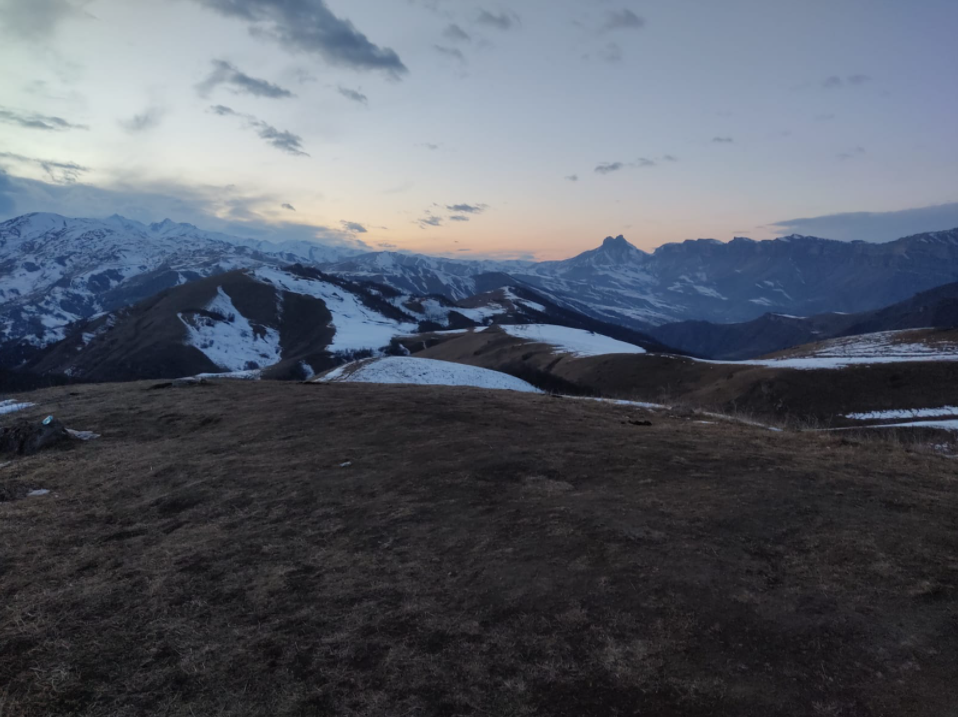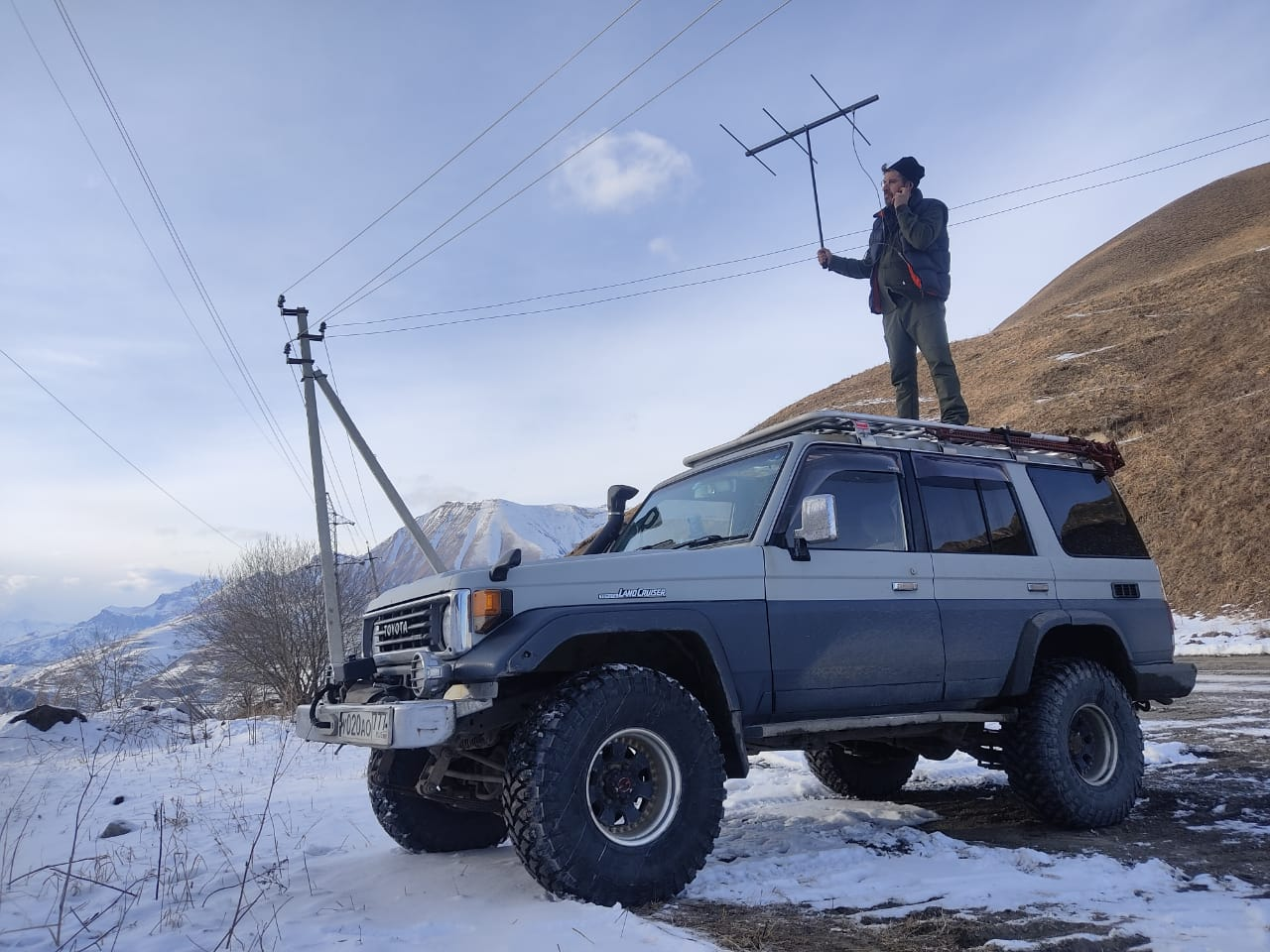
In the first half of January 2022, the work of a complex expedition continued on the territory of RNO-Alania and Kabardino-Balkaria, which included employees of IEE RAS, IEGT RAS, the North Ossetian State Reserve and the Elbrus National Park. The next (winter) stage of the expedition was devoted to the search for leopards and traces of their activity in this region.

Even though the collars stopped transmitting GPS coordinates in 2021, the VHF transmitters on them are still operational. Therefore, specialists held a session of trips along the passes in order to find the location of animals released in 2020 by radio signal. Unfortunately, at this stage, the search has not yielded any results. However, in the Central Caucasus active collection of information coming from the population is being undertaken. The project participants have already appealed to the inhabitants of the Caucasus and reminded them once again: if you find a footprint of a large cat, and you assume that this is a footprint of a leopard, then it must be photographed from above with a scale (a box of matches, a lighter, a ballpoint pen, a telephone), as well as a footprint (as in the photo example) and send us these photos for examination. This is very important for the project.
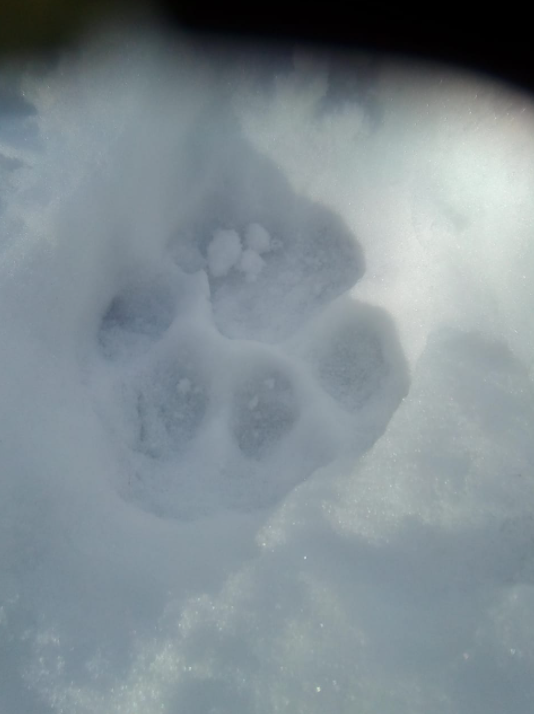
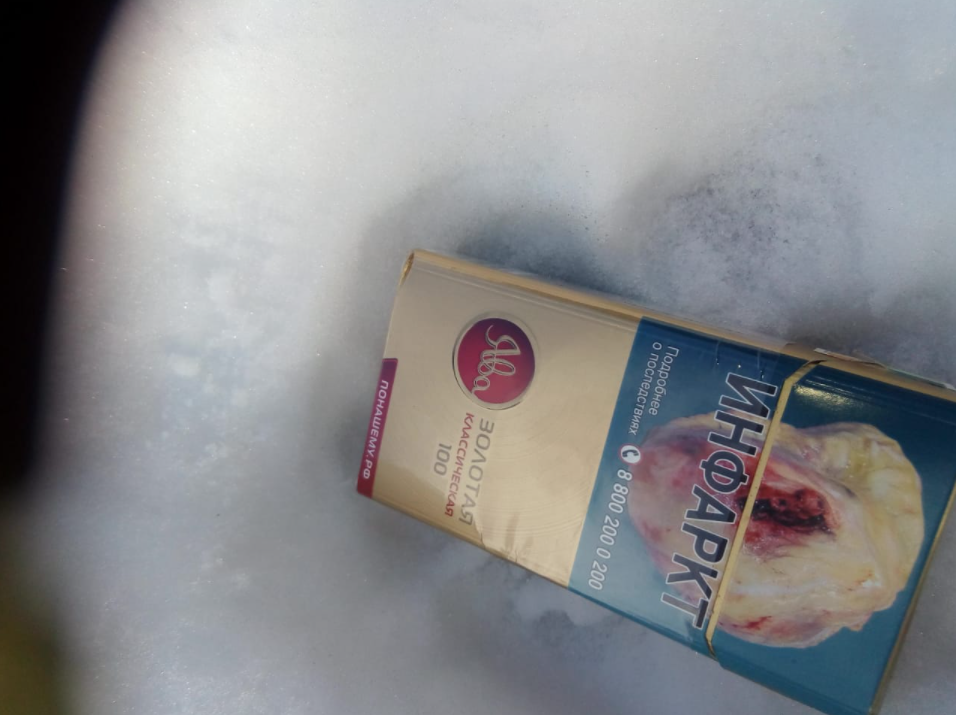
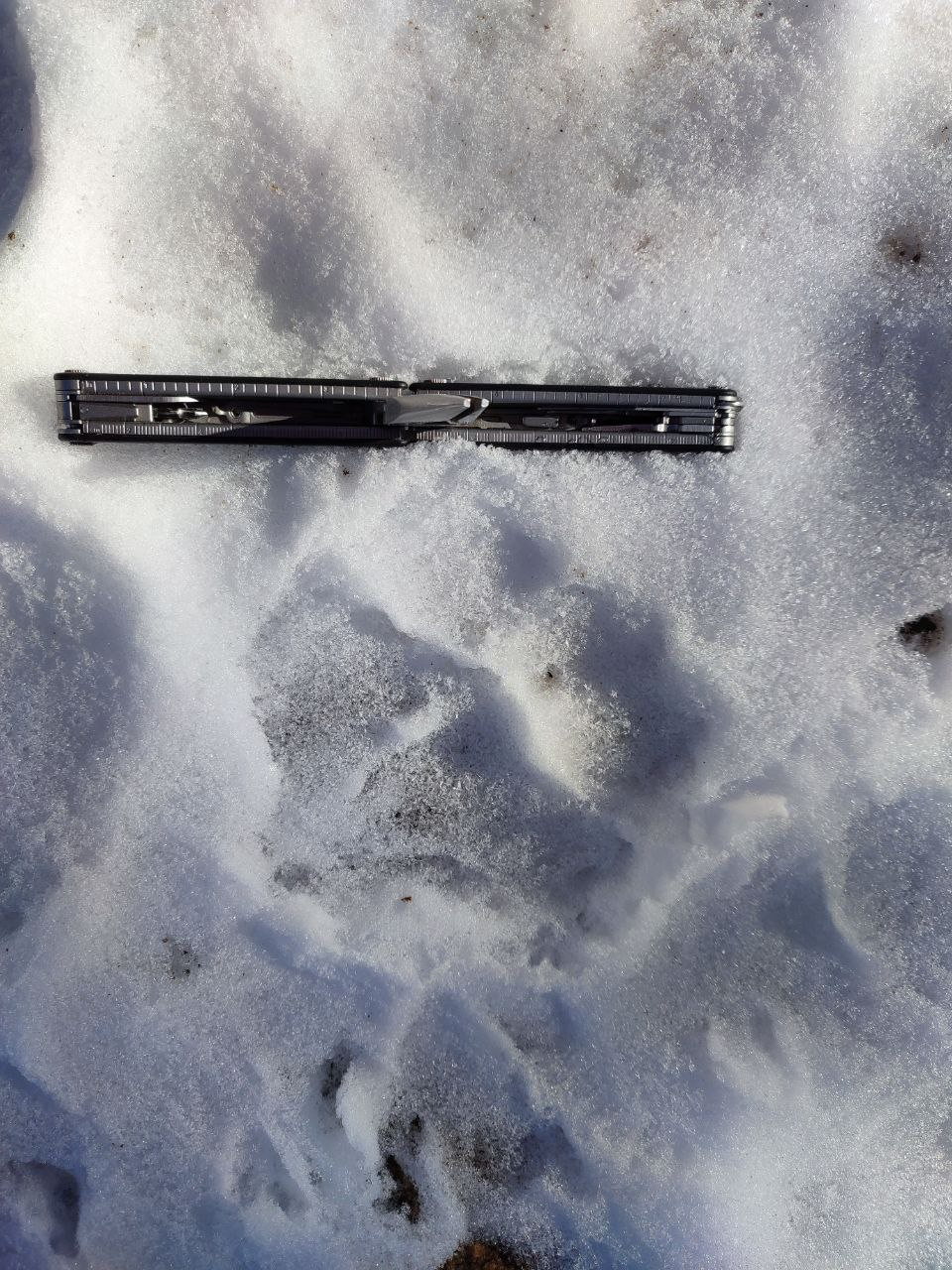
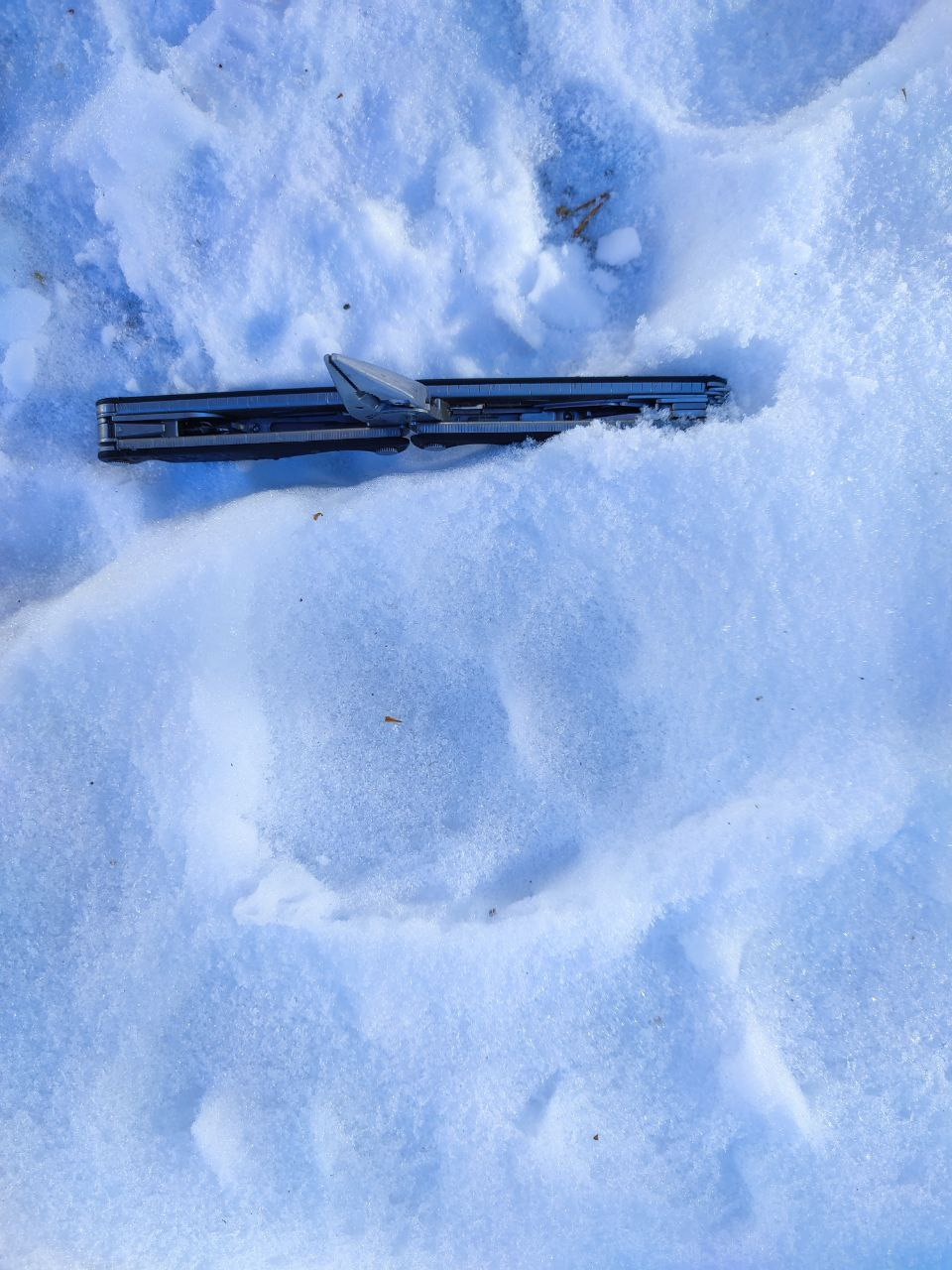
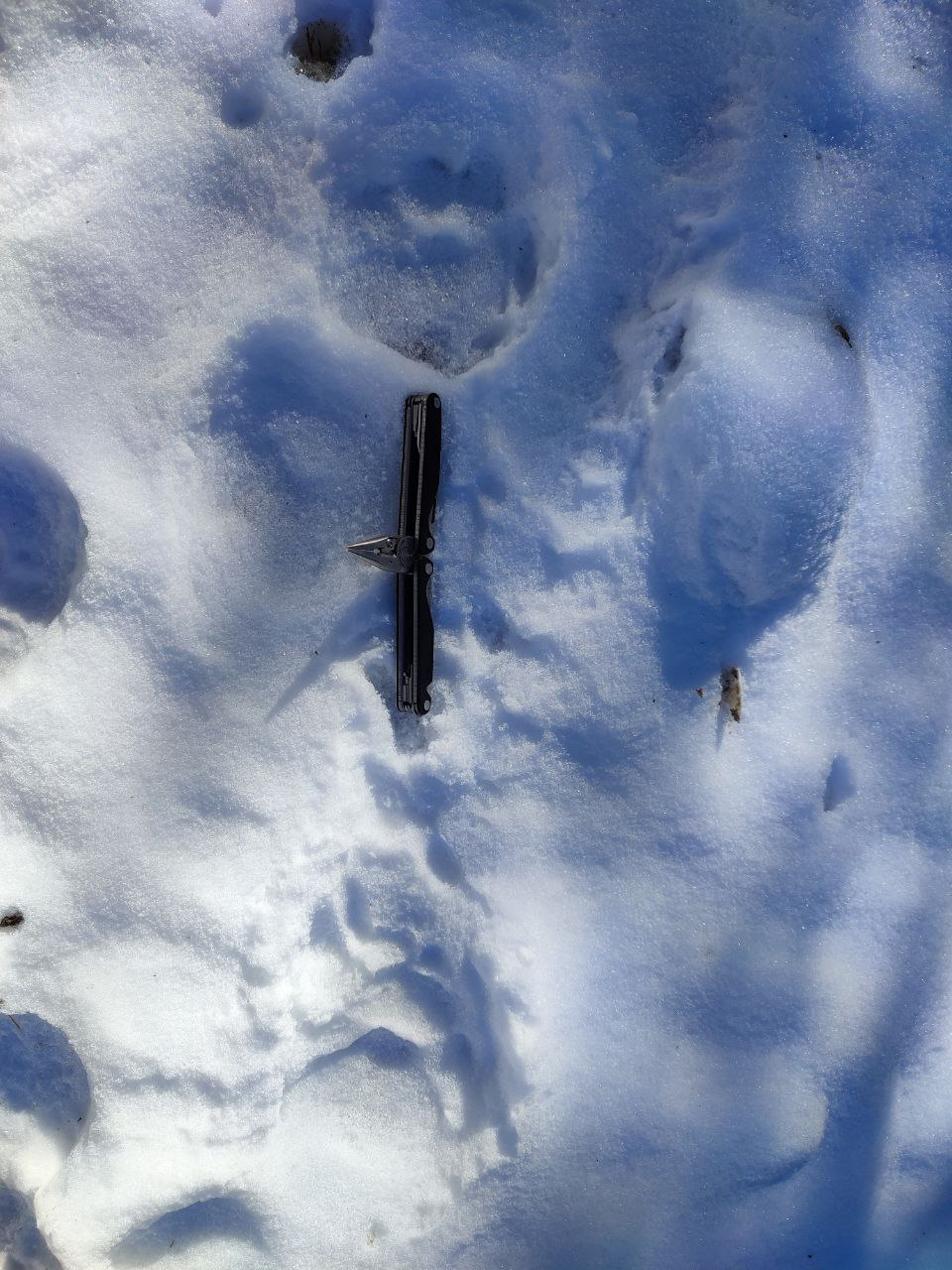
The members of the expedition also made planned exits to check camera traps on the territory of Kabardino-Balkaria with the assistance of inspectors from the Elbrus National Park. During the inspection of camera traps, they discovered new photos of a wild leopard. Judging by the images from our database, this is the same male that was found here in December 2021. According to previous information from this area about the tracks of a large cat, which were recorded in the same area a few years ago, it can be assumed that they belonged to this individual, but until December 2021 there was no documentary evidence that this was a leopard. This part of the territory of the Elbrus National Park, apparently, is included in the habitat of this leopard on a permanent basis (at least in the winter season). In the near future, it is planned to expand the network of camera traps here, more detailed studies of the living space of this leopard, potentially capable of becoming a father for kittens from females released in North Ossetia in 2018 and 2020 and remaining in the Central Caucasus, are being discussed.
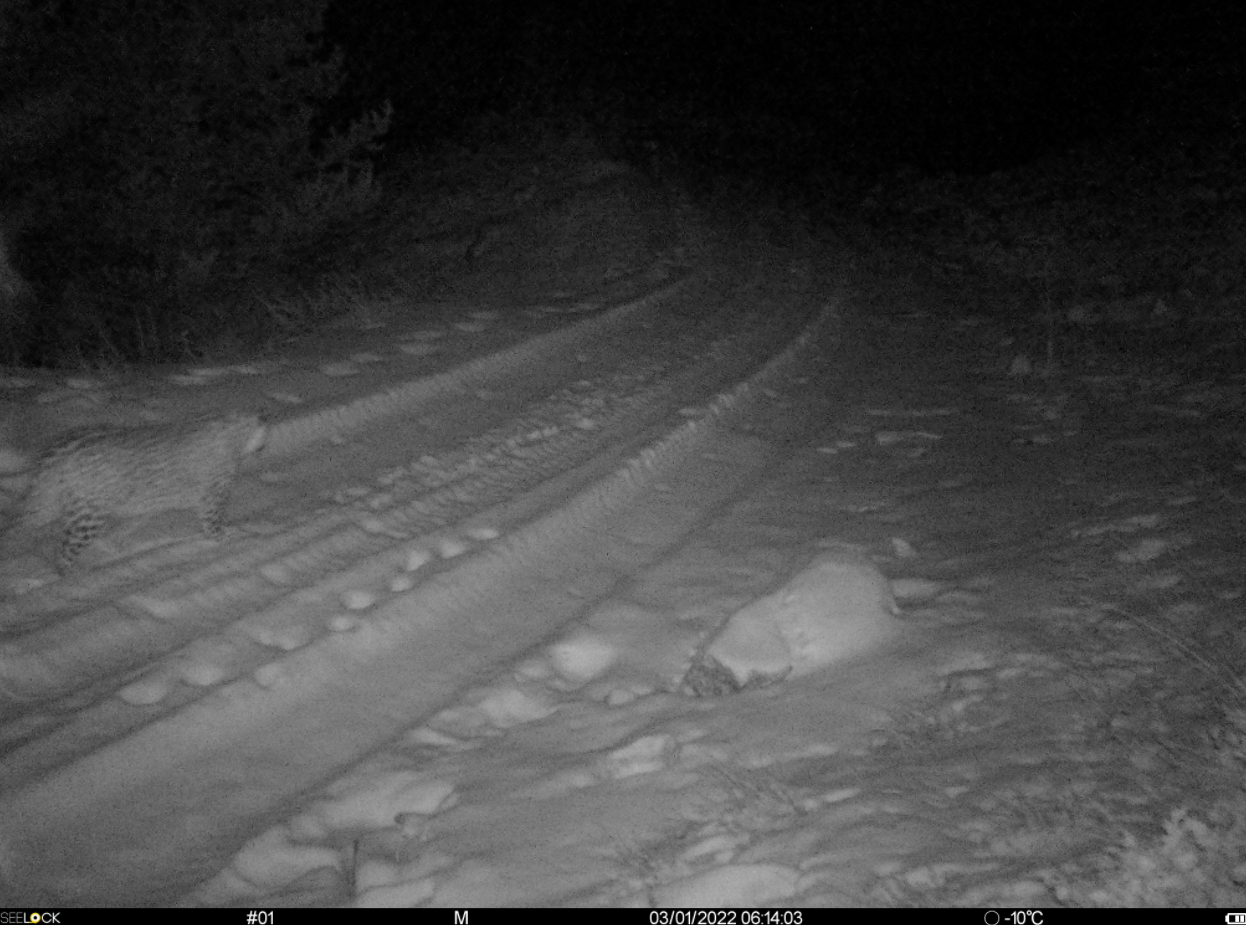
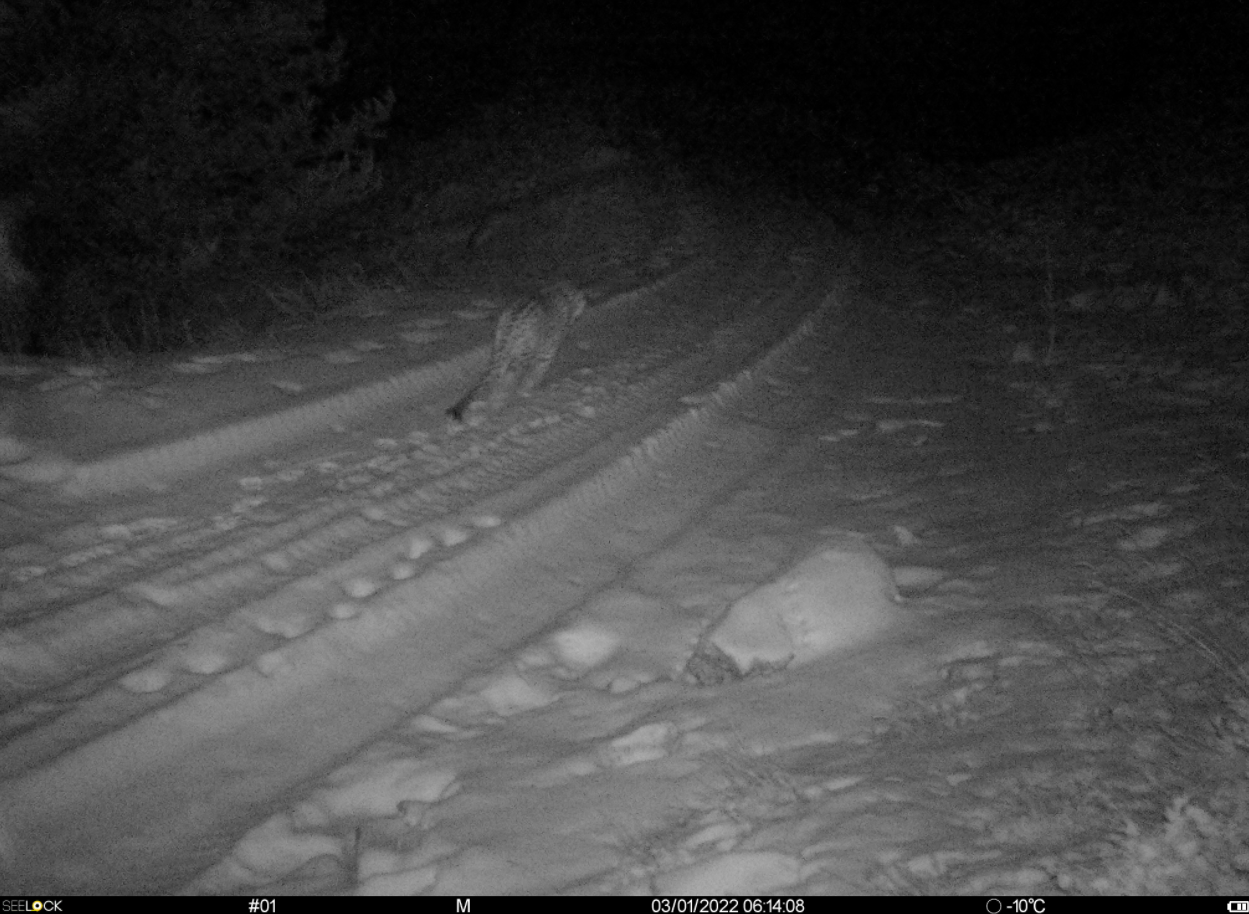
The program for the restoration of the Persian leopard in the Caucasus is being implemented by the Ministry of Natural Resources of Russia with the participation of the Sochi National Park, the Caucasus Reserve, the North Ossetian Reserve, the Alania National Park, the Elbrus National Park, the World Fund for Nature, the A.N. Severtsov Institute for Ecology and Evolution RAS (IEE RAS), A.K. Tembotov Institute of Ecology of Mountain Territories RAS (IEMT RAS), Moscow Zoo, with the assistance of the International Union for Conservation of Nature (IUCN) and the European Association of Zoos and Aquariums (EAZA). Financial support for the monitoring of the Persian leopard in the Caucasus is provided by VTB Bank. In North Ossetia, RusHydro is providing financial support for the population recovery program.
